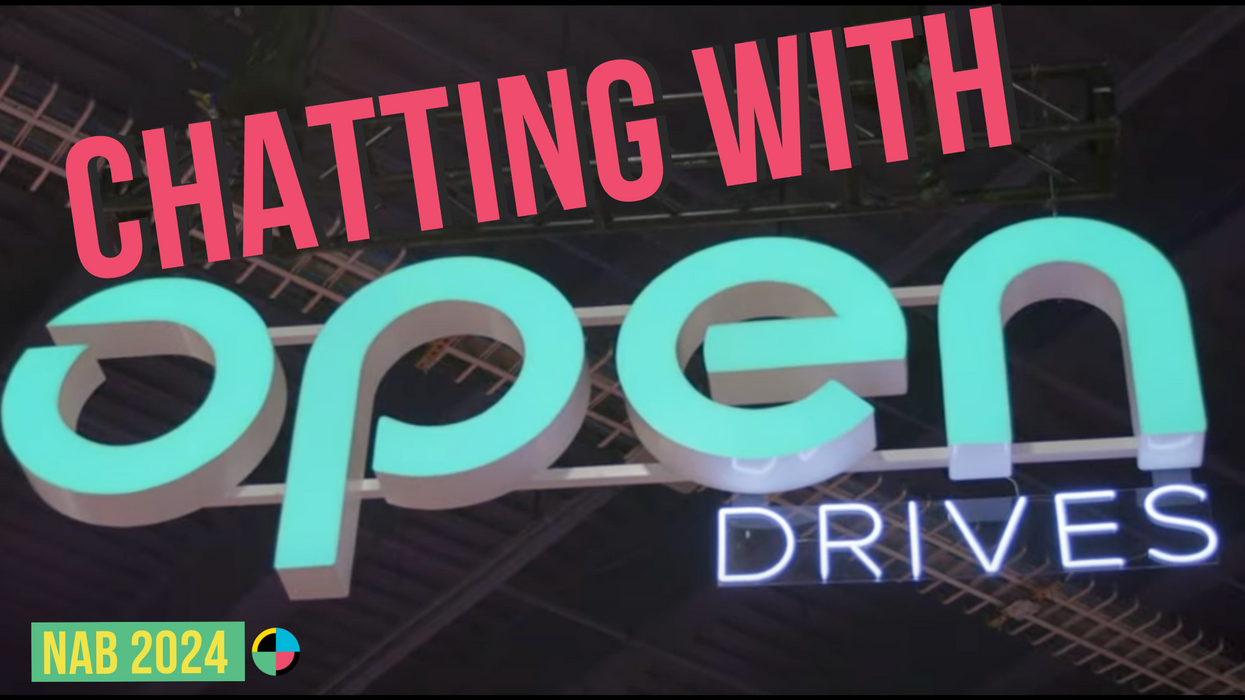How Scatter Studio Makes Immersive Stories with XBox Kinect
Scatter creates immersive experiences that cross the lines between 360° video and game engines.

Creative Directors of Brooklyn-based immersive media studio Scatter, Yasmin Elayat and Alexander Porter, know a thing or two about expanding the boundaries of storytelling with technology. Their studio, a group of artists, designers, technologists and producers, has made a name for itself with innovative AR and VR projects. In fact, Scatter's founding member James George co-directed the interactive documentary Clouds for the Oculus Rift, which won the Tribeca Storyscapes competition in 2014. Elayat and Porter gave a presentation at this year's IFP Film Week called "Volumetric Filmmaking: Designing Participatory Stories," on the current state of VR as a storytelling tool, and where they are hoping to push it in the near future.
Scatter works on a hybrid model, where they combine captured imagery from DSLR cameras synced up with 3D depth maps from Xbox Kinect controllers.
As a bit of background, VR is currently divided into two universes. The first is 360° video, captured with traditional video rigs. This is what most people think of when they think of virtual reality films; it makes up a large amount of the available content, but doesn't offer the viewer the ability to move within the 3D space. In other words, since the images were captured from a single point in space, the user can look around, but they can't walk around. The only motion comes from the filmmaker moving the rig to create moving camera shots.
The other large area of VR is content built on top of a gaming engine, which renders space based on 3D models and allows users to move around within the space under their own control. The user can walk around and look around, but of course are looking at rendered graphics, not captured images.

Scatter works on a hybrid model, where they combine captured imagery from DSLR cameras synced up with 3D depth maps from Xbox Kinect controllers, sold by their offshoot DepthKit. This tool was adapted for creative use by a team including Alexander Porter, and now Scatter is hoping to help expand its use in VR since it allows for a combined approach where captured video images can be mapped onto the models captured with the Kinect. This results in a VR experience that the user can move through physically, but what they're seeing are real captured images mapped onto the 3D renders. For their current project, a virtual reality experience called Blackout, Scatter has built new tools for synced capture by multiple DepthKits to create a fuller portrait that can be viewed from multiple angles at once.

The freedom of the user to choose their own positions and viewpoints played into the other big topic of their presentation, which is that creators should think of themselves less as directors than as designers when creating immersive, interactive VR experiences. Since you are no longer strictly dictating precisely where the audience will look at all times, or even where they stand in space, storytelling will evolve as you design an overall experience, instead of primarily directing attention.
See all of our coverage of IFP Film Week 2016.
Scatter's most recent work, Blackout, is available for pre-order for the Rift and the Vive.












